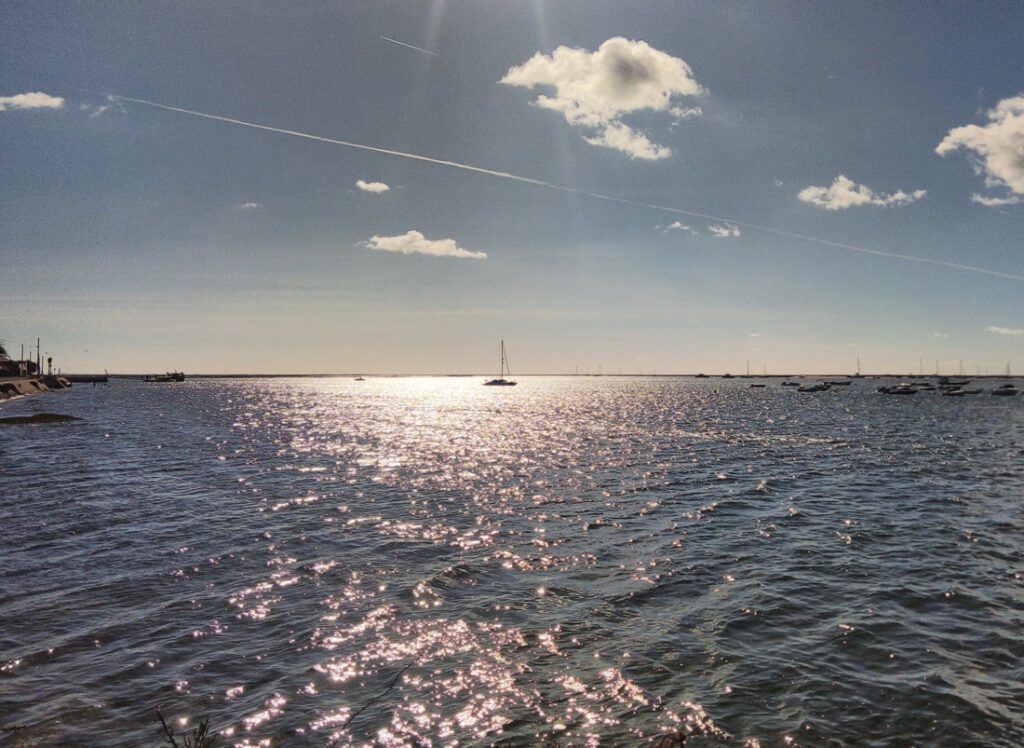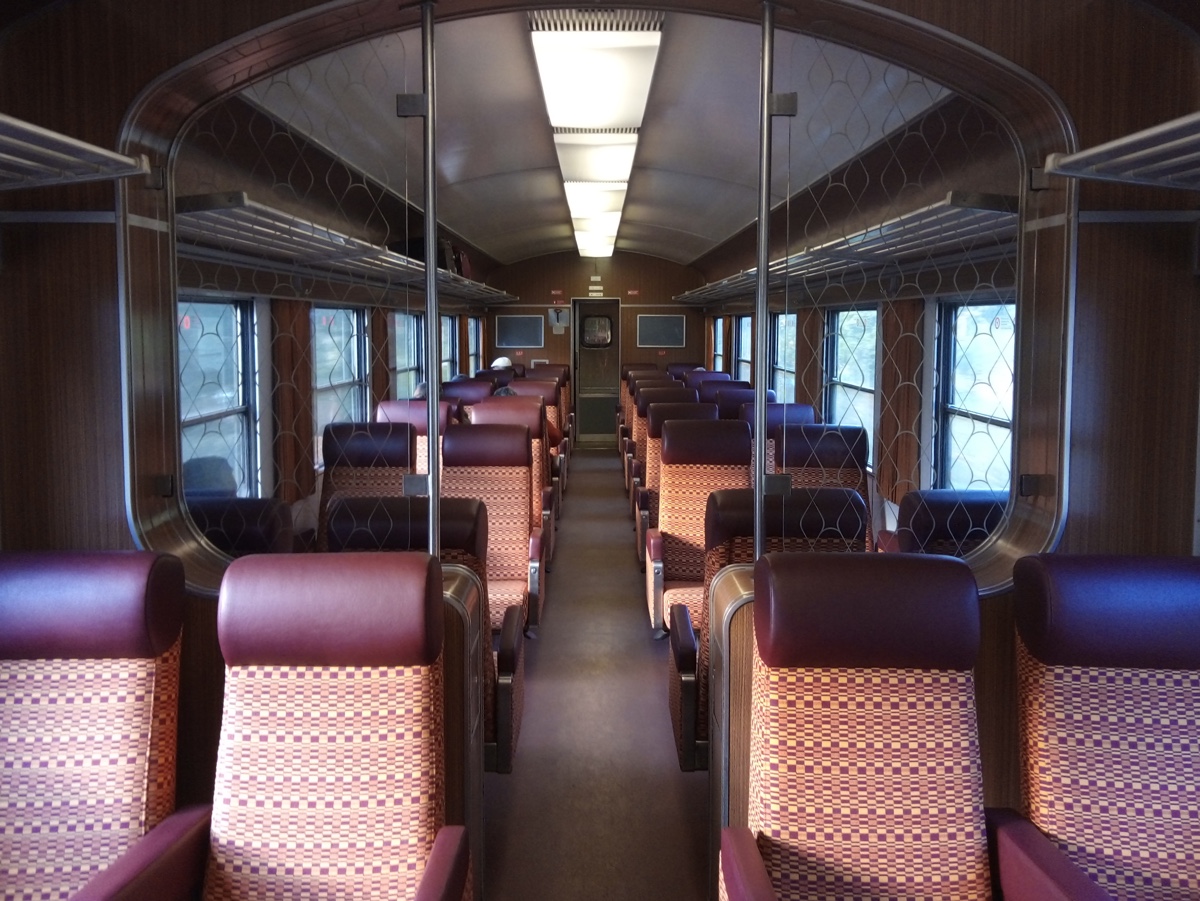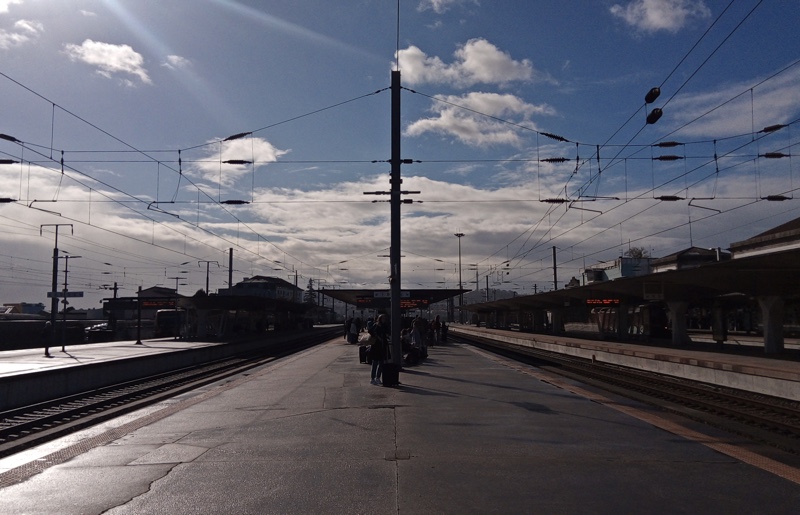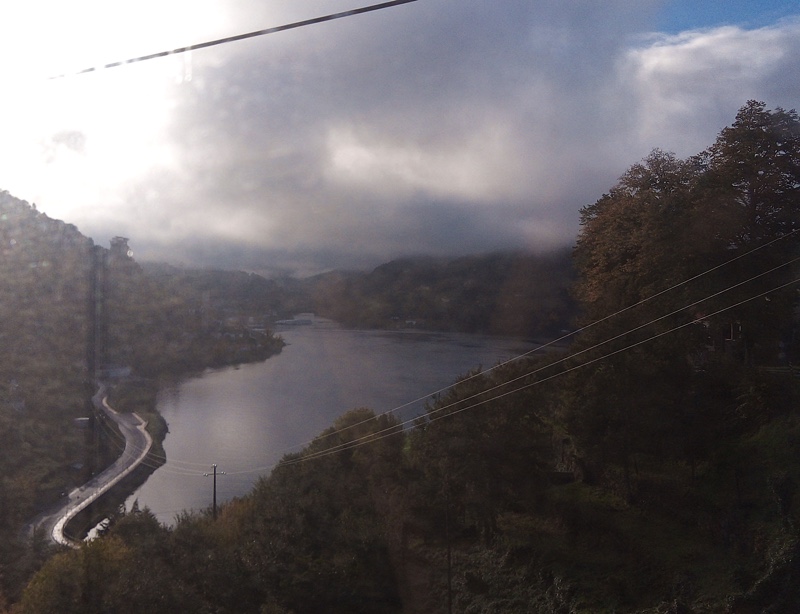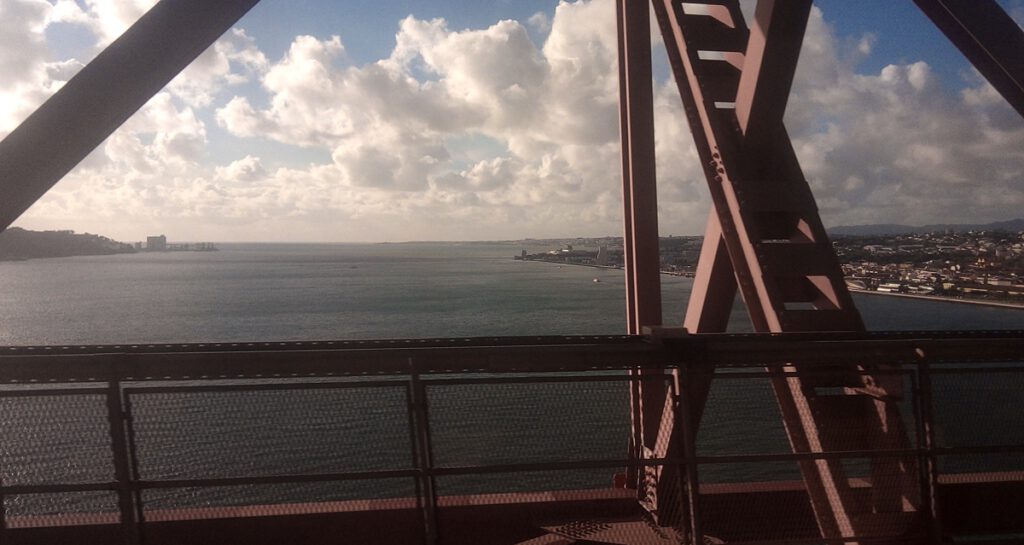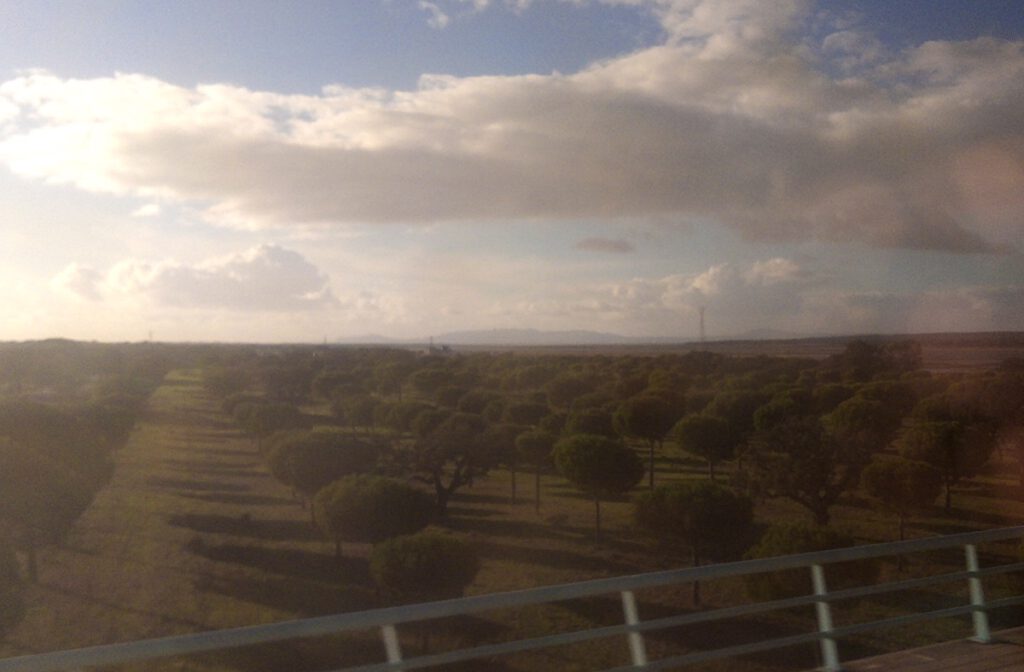Faro, the biggest city in southern Portugal and the capital of the Algarve, lies more than 600 km from us. But that distance didn’t stop me from saying ‘that’s great, I’ll come to meet you!’ when a friend from the Netherlands told me she was going to the Algarve for a week. I only realised later that the journey would take as long as a flight to the Netherlands. However, this was the perfect opportunity to travel through Portugal by train.
Comboios de Portugal
The state-owned company Comboios de Portugal (Portuguese trains) provides the train services. And the service is a bit between old-fashioned and modern. You can still buy a ticket the old-fashioned way at the counter in the station or from the conductor on the train. The travel information echoes old-fashioned unintelligibly through the loudspeakers on the platforms and in the train. And there is no flat screen anywhere, where you can read the information yourself.
The ticket office attendant or conductor tells you when and at which platform to change trains. Yet CP has an app and a clear website for all travel information. (www.cp.pt) And you can buy an e-ticket in advance there. And the great thing is that on the long-distance routes, for which you must have a reserved seat, you get a significant discount if you buy the tickets far in advance. My ticket from Môsteiro to Faro (via Porto and Lisbon) cost me only €31.55. While the normal rate for a 2nd class ticket is €45.85.
Over 8 hours on the train
The travel schedule was very tight. Departure at 9:11 am from Môsteiro, and arrival at 5:35 pm at Faro. With an 8-minute change at Porto-Campanha and a 10-minute change at Lisboa-Oriente. Fortunately, there are toilets on board and a dining car is present on the two long-distance trains. Transferring turns out to be easy, we arrive on one side of the platform and the next train is waiting on the other side. Fortunately, the first train is on time and I leave Môsteiro with a few minutes delay. Nuno took me to the station by car and we chat a bit on the platform before I get on. It is a nice station with a nice view over the Douro. And a little later I can wave goodbye to our house from the train. (Not that it ways back, but hey..)
At Porto-Campanha the platform is full of people waiting. Unfortunately, the second train is delayed. This one comes from Braga, where work is being done on the rail track. More than half an hour later than planned, the train leaves for Lisbon. I accept that I won’t make the next connection. But I do wonder how that will work with the reserved seats. Unfortunately, not a single conductor passes by. On my phone, I see that the next train to Faro is 3 hours later. I conclude that it will be a long journey.
When I arrive at Lisboa-Oriente there is a train on the other side of the platform. Wow, it’s the train to Faro! They’ve been waiting!
‘Isn’t this a wonderful country?’, I text my friend who is also happy that we can still go to a nice restaurant at our leisure. Because eventually, I arrive at Faro around 18:15, after a 9-hour journey.
Comfort
After those 9 hours, I’m kind of worn out and tired. Although I sat quite comfortably with my height of 1.81m. Unfortunately, the air conditioning did not work properly in my carriage, making it sleepily hot. And the promised Wi-Fi did not work in any of the trains. A fellow traveller, who travels between Lisbon and Faro almost every week, told me that the train is almost always delayed. So that’s something to keep in mind. But having the trains waiting for each other is a great service!
North vs South
The best thing about this trip was that during the day all the landscapes of Portugal passed my window.
First the North, with its steep mountains that gave me a new view at every turn over valleys with cluttered farmhouses or large wine houses. With small lively towns and stacked houses of granite or concrete. After Porto, the train gave me a view of the ocean, and I walked in my imagination on the wooden decking paths through the dunes. I marvelled at the beautiful old villas in the seaside resorts of yesteryear, where the train just passes by.
Then the river delta of Aveiro, where the landscape looks very Dutch. Just like being in the reed lands around Maassluis. North of Coimbra, it also looks Dutch with grasslands, poplar groves and lots of storks that have hundreds of nests in the high-voltage pylons.
After Coimbra, it is a bit boring, because the train here largely runs through a sunken trench. Here and there I could see the pine forests on the sandy ground just behind the coast. There is little liveliness here, only asphalt roads with an endless number of EU-funded roundabouts.
Around Pombal, I saw the old (collapsed) roof tile factories, where the original tiles of our house were made. And from Santarem, you already drive through the suburbs of greater Lisbon. After changing trains at Lisboa-Oriente, I was treated to stunning views from the bridge high above the River Tejo over its mouth into the ocean.
With the sun setting, I then drove through endless rolling fields with cork oaks and umbrella pines that are so characteristic of the Alentejo. The accompanying houses, or perhaps palaces, cannot be admired from the train. Here and there I saw an abandoned farm or a small village with workers’ cottages.
I would like to take a hike there sometime.
By the time the train reached Albufeira, it was as good as dark. From the last stretch through the Algarve to Faro, I couldn’t see anything, unfortunately.
But what a diverse country Portugal is! The train gave me a brilliant cross section.
So I’m bowled over! Next time, if possible, I will take the train again.
Words for train travellers:
| ida | one-way |
| volta | return |
| ida evolta | round-trip |
| bilhete | ticket |
| linha | platform |
| comboio | train |
| ligação | connection |
| carruagem | carriage |
| lugar | site (seat) |
| viagem | journey |
| atrasado | delayed |
| destino | destination |
| origem de | coming from |
